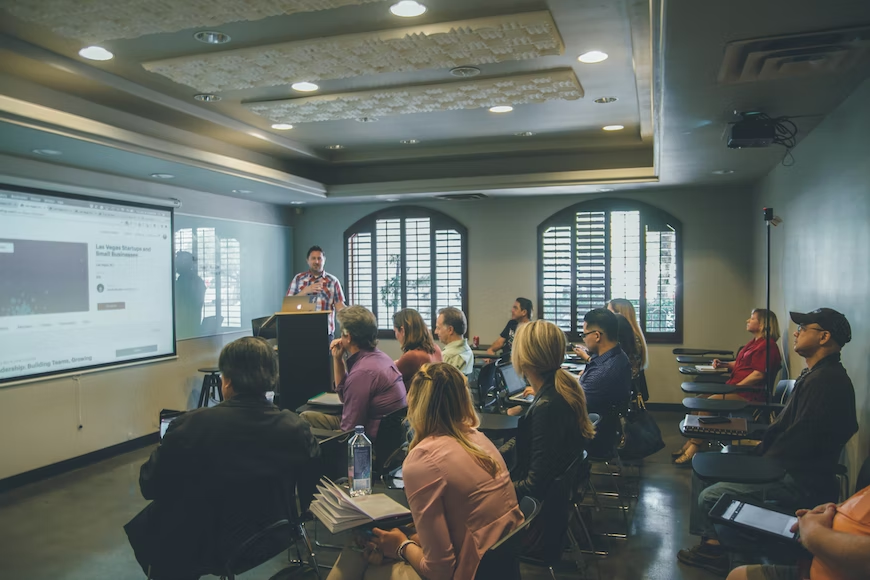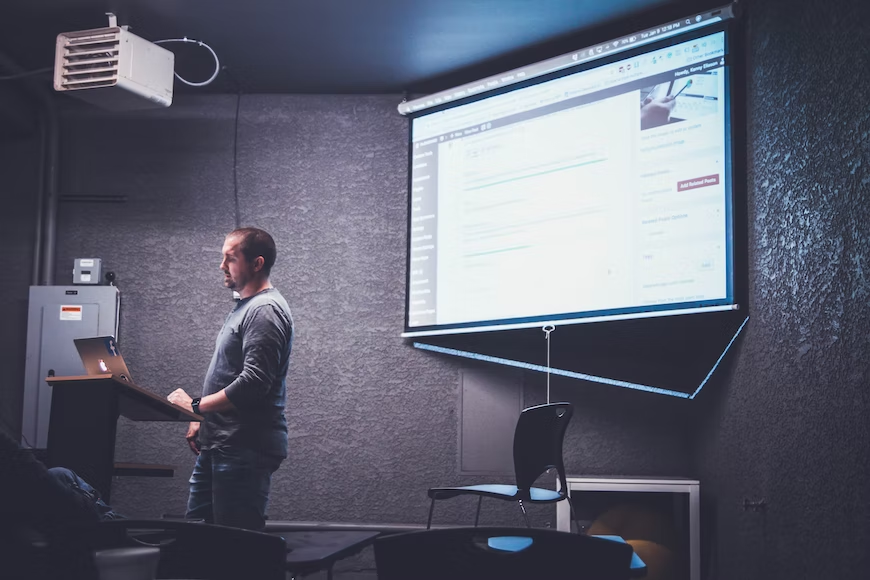Students learning in the information age have it better in school than those who do not. The presence of technology in the form of teaching tools and social media makes learning more fun. A video is one such educational tool. Although it is a hobby and pastime for many, films have a memorable impact where other teaching mechanisms struggle. Like books, it provides insight into characters’ lives, their perspectives, and how they handle situations. It also shows people in different parts of the world. As a result, it helps learners understand concepts without barriers. Find out how higher education schools are incorporating motion pictures as a tool for educating students below:
Where can I find essay samples about the best movies?
Films are an endless source of entertainment. As a result, it is common for tutors to request essays, especially if you are studying an art-related course. The most appropriate way a student can write a video essay is to watch the video as many times as possible and write a summary and an analysis. Another effective way is to search movie essay examples on sites like StudyDriver for film essay inspirations or ideas of the tone, structure, and more. Video essays are different from usual articles. The more reason why we recommend you read a sample before starting yours. Use it with your supervisor’s requirements, and you’ll produce an A-grade paper.
How does cinema influence learning?
Regular classes can be boring. Incorporating motion pictures into the learning environment increases motivation and engagement toward a subject. The more interested you become, the easier it is to understand concepts and perform in class. So, it makes learning fun. Let us explore how motion picture influences tutoring below:
Creates awareness
One of the most significant impacts of videos on schooling is the creation of awareness on certain issues. Films and theatrical productions depict various aspects and different ways of life and are ideal for communicating events happening worldwide. High schoolers learn about economic, political, online, and social issues. It inspires them to change their environment.

A visual aid for understanding history
How tell a Gen Z about what happened during the second world war? Just give them books to read, or they can watch videos of real people and war struggles. Titles like Hacksaw Ridge, Saving Private Ryan, or Les Misérables lets them relive historical situations in the classroom. These videos allow undergraduates to understand concepts and see life from different perspectives.
An understanding of theme, style, and genre
Art students hear these concepts too often in class. But without practice, they will have a better understanding of it. Cinemas provide hands-on experience via a medium that is more familiar to them. An instructor should show a video to identify these concepts and aid understanding.
Builds empathy
There are contentious subjects most middle schoolers don’t know. Tutors use videos to ease them out of their bubbles into real life to expand their knowledge and empathic connection to engage in impactful topics critically. Blood Diamond shines the light on the use of child soldiers and enslavement at the hands of rebels in search of Diamonds. Likewise, narratives that illustrate human rights challenges like access to schooling, child marriage, and domestic violence will educate and inspire students on how to respond to them.
Encourages participation
Tutors ask undergraduates to review, analyze, and discuss titles alone and in groups to facilitate a deeper understanding of the subject matter. It also provides an opportunity for self-expression through writing. Such discussions diversify the learning environment and provide an opportunity to delve further into different aspects of life.
Vital skills movies help you develop
A film refreshes the mind and helps you pass the time. Beyond this, it plays a vital role in developing life skills. They include:
Cognitive skills
Watching motion pictures helps a child to develop logic, reasoning, auditory, and visual processes. Not only this, but it also aids the formation of long-term memory and increases focus. Watching videos is a form of social participation. It boosts your mood and improves your mental health.
Linguistic skills
A video exposes you to a natural form of language. They include vocabulary, slang, and pronunciation. It also teaches you to use body language to connect words. Students even learn a new language by watching programs with subtitles.
Imagination and creativity
Increased knowledge of objects and ideas improves a child’s imagination and creativity. Teachers use film to stimulate students to develop creative ideas and turn their imaginations to solve problems.
Emotional intelligence
Films are great emotional intelligence boosters. It allows you to understand other people’s emotions, communicate with others, and cope with stress. When watching TV Shows, students identify with different characters. They rejoice in their successes and suffer through their sufferings. They also see the emotional consequences of some behaviors and know how to react.
Things to pay attention to before playing a video in the classroom
Watching videos in schools is still a contentious topic due to some factors. For example, a film that illustrates graphic intensity, violence, and human rights violations may be too shocking for some viewers. As a result, every teacher must draw a line between showing a video that is appropriate and relevant. Pay attention to the following when selecting one for classroom use:
- Follow your district or school’s policy.
- Consider copyright.
- Sort technical issues in advance.
- Watch out for privacy and advertising.
- Don’t stream with your personal account.
- Avoid emotionally triggering shows.
Watching movies in school is a perfect substitute for video games. Undergraduates don’t need to be a part of the poets’ society before they write a paper on it, and it is vital in helping them develop some life skills. We recommend you pay attention to the movie definition and theme to avoid sensitive and triggering sceneries.
Conclusion
Video is one of the top teaching aids. It teaches problem-solving and decision-making skills and strengthens relationships. Watching a video is also a way to cope with stress, learn new things, and inspire learners to become better people. But like every good thing, use it appropriately to avoid its side effects. Students cannot learn from motion pictures alone. Instead, teachers must use it sparingly and actively participate in the session for the desired result. Watching videos cannot replace everyday learning. But it facilitates understanding when used together with other teaching methods.

